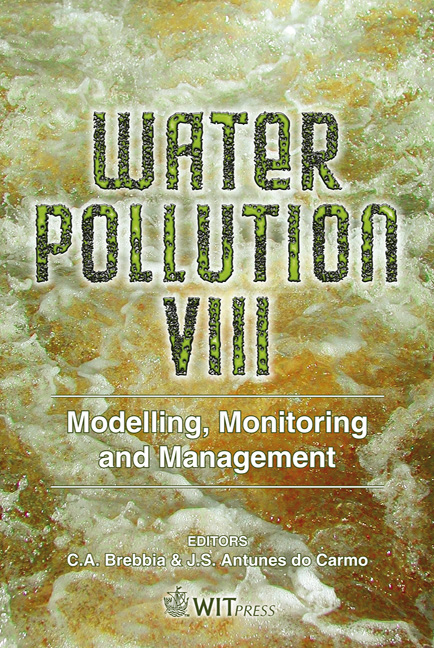Speciation Of Trace Elements In Sediments From Dongting Lake, Central China
Price
Free (open access)
Transaction
Volume
95
Pages
10
Published
2006
Size
912 kb
Paper DOI
10.2495/WP060121
Copyright
WIT Press
Author(s)
Z. G. Yao, Z. Y. Bao, P. Gao, J. L. Zhang, Y. P. Guo, Z. J. Hu & B. L. Li
Abstract
A BCR three-step sequential extraction procedure, with a sediment reference material (BCR701), was used in order to assess the environmental risk of Cd, Cr, Cu, Ni, Pb, and Zn in contaminated sediment from Dongting Lake. The total metal content was determined as well. Dongting Lake, the second largest fresh-water lake in China, contains three China wetlands of international importance. In the Dongting Lake sediments, the trace elements (Cu, Zn, Cr, and Ni) analyzed are mainly distributed in a residual phase at an average percentage greater than 60% of the total metals, especially 79% for Cr and 90% for Ni; but Pb in Fe/Mn oxhydroxides phase (59%) and Cd in soluble species and carbonates (51%). The potential risk to the lake’s water contamination was highest in East Dongting Lake based on the calculated contamination factors. Therefore, there is an urgent need to protect Dongting Lake from anthropogenic sources of pollution to reduce environmental risks. Keywords: Dongting Lake, sediment, geo-accumulation index, speciation, contamination factor, trace elements, major elements. 1 Introduction Dongting Lake (28°40´ to 29°40´ N and 112°00´ to113°30´ E), the second largest freshwater lake in China, lies in the south of middle Yangtze River within Hunan
Keywords
Dongting Lake, sediment, geo-accumulation index, speciation,contamination factor, trace elements, major elements.





